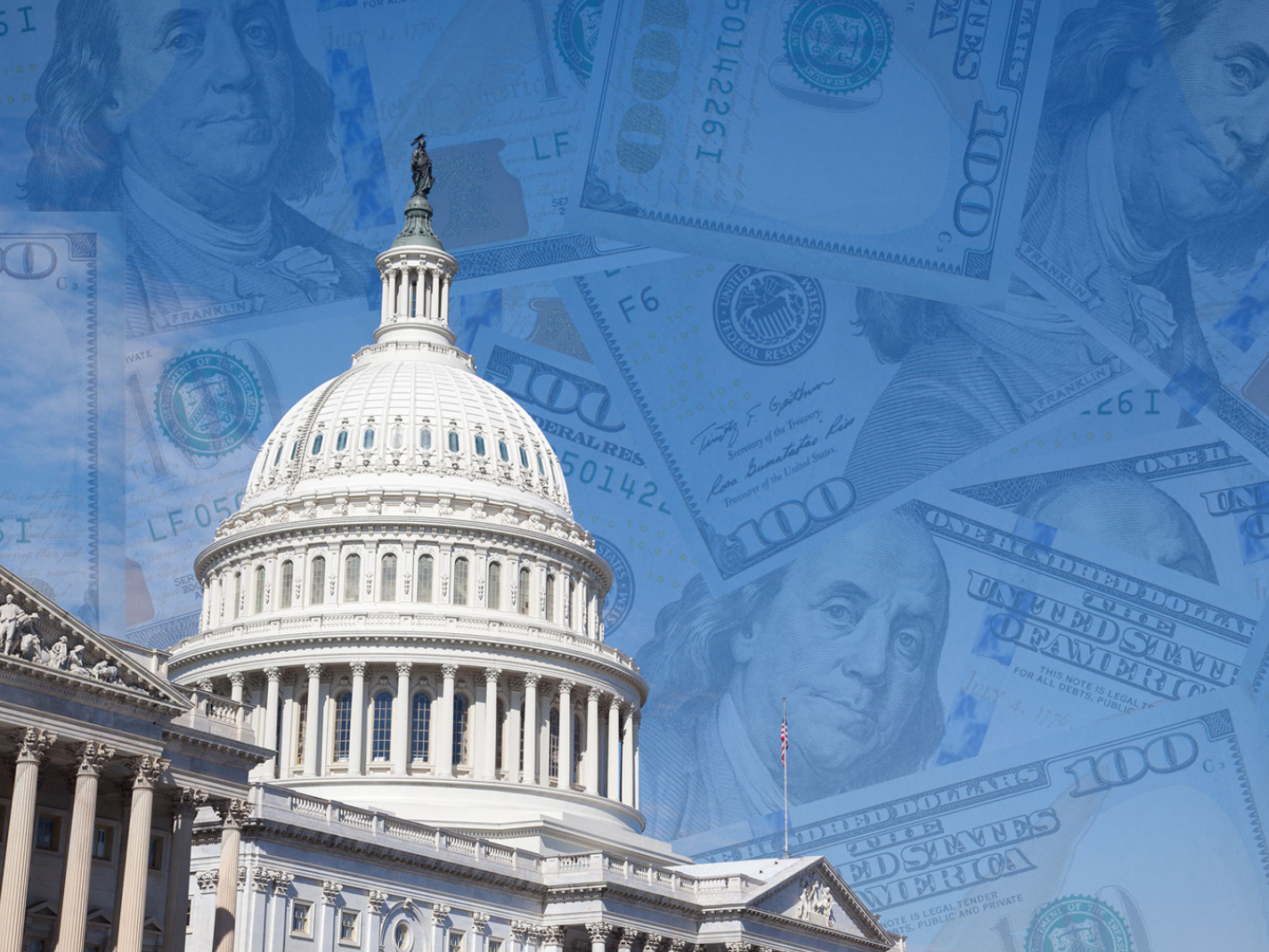
Editor’s Note: “Assessing the REAL Reforms Act” is a Minding the Campus symposium that is closely analyzing the Responsible Education Assistance through Loan (REAL) Reforms Act, a bill recently introduced by Representatives Virginia Foxx (R-NC), Elise Stefanik, R-NY, and Jim Banks (R-IN). The bill “offers commonsense and fiscally responsible reforms to benefit students and borrowers in our country’s federal student loan system.”
Each article in the symposium explores different sections of the REAL Reforms Act and features analysis by respected higher education experts. This piece is devoted to Section 224, a summary of which we print below, followed by analyses by researchers Lindsey Burke and Andrew Gillen. You may read the rest of the symposium here.
Title II—Loan Reforms
Sec. 224. Public Service Loan Forgiveness (PSLF)
PSLF Elimination. Eliminates the PSLF program for new borrowers.
Lindsey Burke, Director, Center for Education Policy and Mark A. Kolokotrones Fellow in Education, Heritage Foundation
Through the Public Service Loan Forgiveness Program (PSLF), individuals who work in public-sector jobs (including some nonprofits) and who are income-eligible to enroll in an income-driven repayment plan can have their student loan debt canceled after just 10 years, rather than 20–25 years for those working in the private sector. The PSLF Program was established in 2007, with the first cohort of borrowers becoming eligible for loan cancellation in 2017. To date, federal taxpayers have paid more than $10 billion in debt cancellation under PSLF.
[Related: “Assessing the REAL Reforms Act: Loan Limits”]
The PSLF Program prioritizes government work over private-sector work. It is an inappropriate use of taxpayer funding that favors a particular group of graduates. It is a self-perpetuating conflict of interest, as congressional staff and federal employees manage and oversee a program from which they directly benefit. It is also a costly boondoggle borne by taxpayers. The Department of Education recently relaxed PSLF’s repayment rules, giving borrowers a year’s worth of payment credits toward their 10 years of required payments before cancellation, ostensibly in response to COVID-19.
A July report from the Government Accountability Office found that, rather than “making money” for taxpayers as the Department of Education has long claimed, the federal student loan program actually costs taxpayers billions of dollars every year. Although the Department had estimated that student loans would bring in more than $100 billion in revenue for the federal government from 1997 to today, the loans have actually cost taxpayers nearly $200 billion. Nearly 40 percent of the Department’s miscalculation was due to programmatic changes such as ongoing repayment pauses and lower-than-expected participation in the Public Service Loan Forgiveness program. Section 224 would rightly eliminate this federal favoritism.
Andrew Gillen, Senior Policy Analyst for Next Generation Texas, Texas Public Policy Foundation; Columnist, Minding the Campus
The Public Service Loan Forgiveness Program (PSLF) is quite possibly the worst higher education policy currently on the books, hitting the bad policy trifecta: badly targeted, politicized, and expensive.
Badly targeted: The ostensible motivation for PSLF is that public and nonprofit employees are underpaid (a debatable proposition). Yet if that is the case, forgiving student loans is a terrible remedy. Rather than benefitting all public and nonprofit employees, it only benefits those with loans and gives the largest benefits to those who borrowed the most.
[Related: “Assessing the REAL Reforms Act: Limits on Secretarial Authority”]
Politicized: PSLF singles out politically favored sectors of employment for beneficial treatment. Deviants that work for for-profit companies need not apply. That includes nurses who work for a for-profit hospital, even though their colleagues at a nonprofit hospital are eligible.
Expensive: PSLF provides massive windfalls to recipients. The average recipient has had $97,220 in loans forgiven. Most of this debt was taken out by graduate students. PSLF gives government lawyers a six-figure gift from the taxpayers, while the poorest Pell grant student gets only $6,895 per year.
Image: Adobe Stock
WOW!!!
I was under the impression that the PSLF program only reduced the 20-year balance forgiveness to 10 years — not that it existed outside of income-based repayment.
But there is a much bigger issue that is often overlooked when the “nonprofits” are included — they inevitably are left wing (why there are no conservative nonprofits is beyond me) — but it’s these left wing “nonprofits” that are engaging in things like “sue & settle” to enact policy that would never pass muster via democratic means.
Hence the taxpayer is being forced to subsidize political activities which could not be directly subsidized with Federal revenue. How is it different to subsidize the cost of the activist group’s labor?
In fairness, when the loans started in the late 1960s, there was loan forgiveness for K-12 teachers but that was when teachers were paid a LOT less than today (in inflation adjusted dollars). It was a different time, when many states didn’t require a 4 year college degree (many taught on a 2 year degree) and the Federal intent was to get better educated teachers — which the unions have accomplished via certification laws and union pay scales.